Immunosuppressants
Immunosuppressant refers to drugs that can reduce the immune response. It can selectively suppress certain part of the immune response and immune cells. Immunity refers to the body's immune response to a variety of pathogenic substances. Such kinds of response do well to the body and can enhance the body's resistance to disease; some do harm to the body, being able to cause tissue damage or disorders of physiological functions (allergy). In such case, to patients suffering allergic reactions that do harm to the body, we can apply immunosuppressant to suppress the related steps in the immune processes to reduce the immune response of the body. For the treatment of various kinds of autoimmune diseases and weakening the tissue incompatibility, it has developed of a variety of immunosuppressive agents, some of which have been widely used in clinical application.
There are various kinds of immunosuppressants with commonly used immunosuppressants including glucocorticoids (prednisone, prednisolone, etc.), alkylating agents (nitric oxide mustard, cyclophosphamide, thiotepa, busulfan, etc.), and antimetabolites (6-mercaptopurine, azathioprine, methotrexate, etc.).
1. Corticosteroids: Commonly used include cortisone, hydrocortisone, and semi-synthetic prednisone, prednisolone and dexamethasone. The anti-inflammatory and immunosuppressive effects of these hormones are similar.
The mechanism of the immunosuppressive effect of the glucocorticoid inhibition is:
① it has inhibitory effect on the phagocytosis function of the mononuclear phagocyte system and can interfere with the function of macrophages.
② it has destroying effect on the lymphatic tissue with the most sensitive parts being the germinal centers of lymph nodes. But after the stimulation of allogeneic antigen, the inhibitory effect on the antibody synthesis in the usual dose is not significant, while the production of auto-antibodies is significantly inhibited.
The clinical application of glucocorticoids is very wide, mainly including the following three aspects:
① autoimmune diseases such as rheumatoid arthritis, systemic lupus erythematosus, nodular peripheral arterial inflammation, dermatomyositis, scleroderma, and nephrotic symptoms;
② tissue and organ transplantation;
③ allergic diseases such as bronchial asthma, anaphylactic shock, angioneurotic edema.
2. Azathioprine: inhibition of various kinds of immune responses mediated by killer cells and T cell (mixed lymphocyte reaction, allograft rejection and delayed-type hypersensitivity, etc.). Upon large doses, it inhibits the antibody formation with the inhibitory effect on the primary reactions being much stronger than the secondary reactions. It can strongly inhibit the production of macrophage precursor - monocytes, leading to inhibition of phagocytosis. Also change lymphocyte recirculation.
It is commonly apply to renal transplant patients in clinical application with no humoral immune suppression observed during the administration period. It is often combined with cortical steroids for the treatment of autoimmune diseases.
3. Cyclophosphamide: cyclophosphamide selectively inhibit B cells, inhibit various kinds of antigen-induced antibody synthesis (including primary and secondary immune response), as well as induce the antigen tolerance of the bodies.
The humoral immunosuppression of cyclophosphamide is primarily achieved by dissolving the lymphocytes with one-time injection causing the dramatic reduction of the cell count in spleen, lymph nodes and other lymphoid tissues and the number of lymphocytes in the blood. Cyclophosphamide mainly takes effect on the immature cells; inhibits their proliferation. The matured antibody-forming cells are insensitive to cyclophosphamide. In recent years, it was found that cyclophosphamide also has strong inhibitory effect on certain subsets of T cells with large doses being able to inhibit the anti-host reaction of the transplanted matter and delayed-type hypersensitivity. However, if administered before sensitization, it will instead promote the delayed-type hypersensitivity.
Cyclophosphamide is ineffective in vitro and will take effect after being subject to the metabolism in vivo.
It is clinically used for the treatment of various autoimmune diseases to which cortical steroid are invalid as well as reducing the titer of auto-antibodies. It can also prolong the survival time of the transplanted organ.
- Structure:

- Chemical Name:Pimecrolimus
- CAS:137071-32-0
- MF:C43H68ClNO11
- Structure:
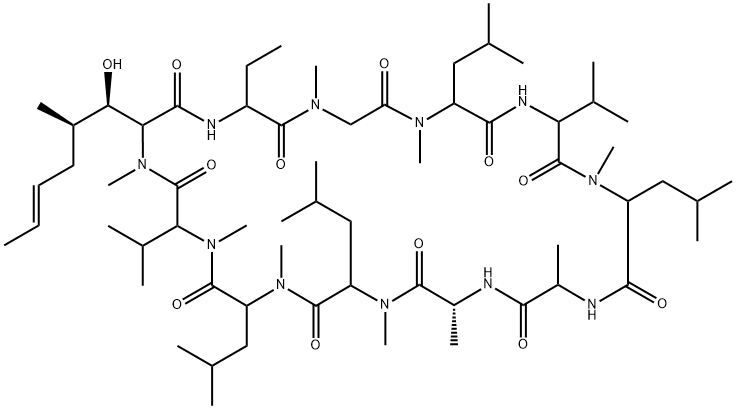
- Chemical Name:Cyclosporin A
- CAS:59865-13-3
- MF:C62H111N11O12
- Structure:
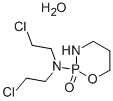
- Chemical Name:Cyclophosphamide monohydrate
- CAS:6055-19-2
- MF:C7H17Cl2N2O3P
- Structure:
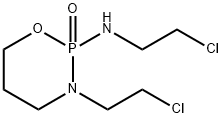
- Chemical Name:Ifosfamide
- CAS:3778-73-2
- MF:C7H15Cl2N2O2P
- Structure:

- Chemical Name:Hydroxyurea
- CAS:127-07-1
- MF:CH4N2O2
- Structure:
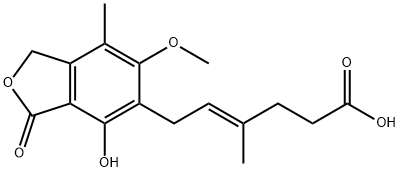
- Chemical Name:Mycophenolic acid
- CAS:24280-93-1
- MF:C17H20O6
- Structure:
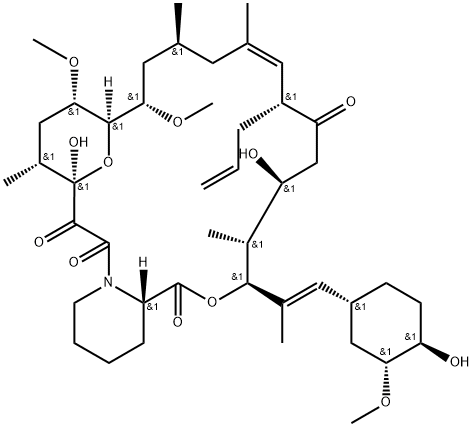
- Chemical Name:Tacrolimus
- CAS:104987-11-3
- MF:C44H69NO12
- Structure:

- Chemical Name:Ethylenediamine
- CAS:107-15-3
- MF:C2H8N2
- Structure:
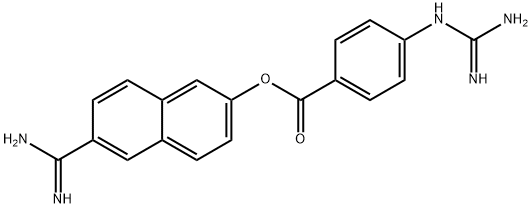
- Chemical Name:NAFAMOSTAT MESYLATE
- CAS:81525-10-2
- MF:C19H17N5O2
- Structure:
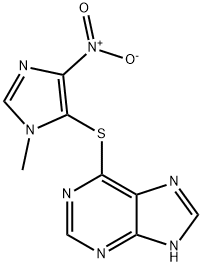
- Chemical Name:Azathioprine
- CAS:446-86-6
- MF:C9H7N7O2S
- Structure:
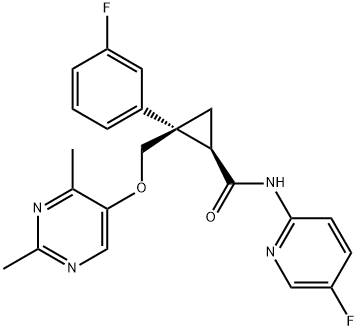
- Chemical Name:Lemborexant
- CAS:1369764-02-2
- MF:C22H20F2N4O2
- Structure:
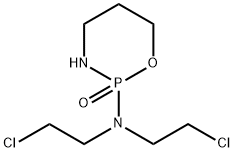
- Chemical Name:Cyclophosphamide
- CAS:50-18-0
- MF:C7H15Cl2N2O2P
- Structure:
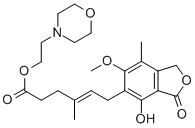
- Chemical Name:Mycophenolate mofetil
- CAS:115007-34-6
- MF:C23H31NO7
- Structure:
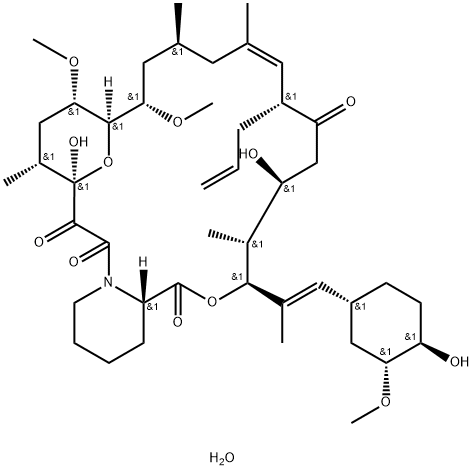
- Chemical Name:Tacrolimus Monohydrate
- CAS:109581-93-3
- MF:C44H71NO13
- Structure:
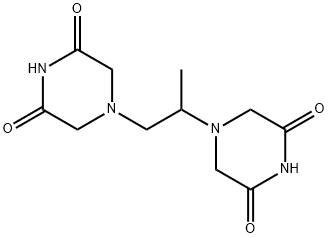
- Chemical Name:4,4'-propylenebis(piperazine-2,6-dione)
- CAS:21416-67-1
- MF:C11H16N4O4
- Structure:
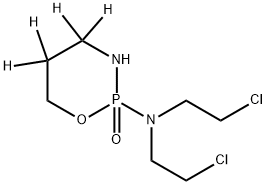
- Chemical Name:Cyclophosphamide-d4
- CAS:173547-45-0
- MF:C7H15Cl2N2O2P
- Structure:

- Chemical Name:115007-34-6
- CAS:115007-34-6
- MF:
- Structure:
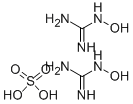
- Chemical Name:HYDROXYGUANIDINE SULFATE
- CAS:6345-29-5
- MF:C2H12N6O6S
- Chemical Name:Nafamostat mesylate
- CAS:
- MF:
- Structure:
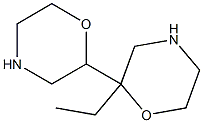
- Chemical Name:Ethyl dimorpholine
- CAS:
- MF:C10H20N2O2